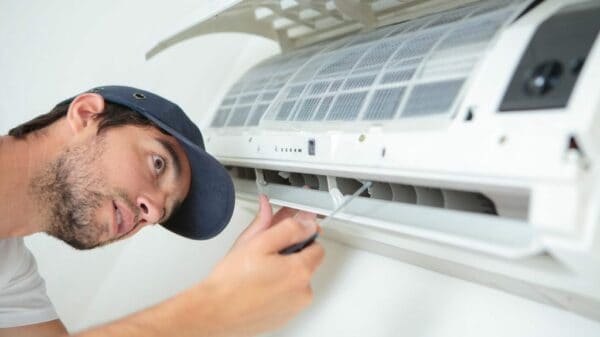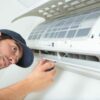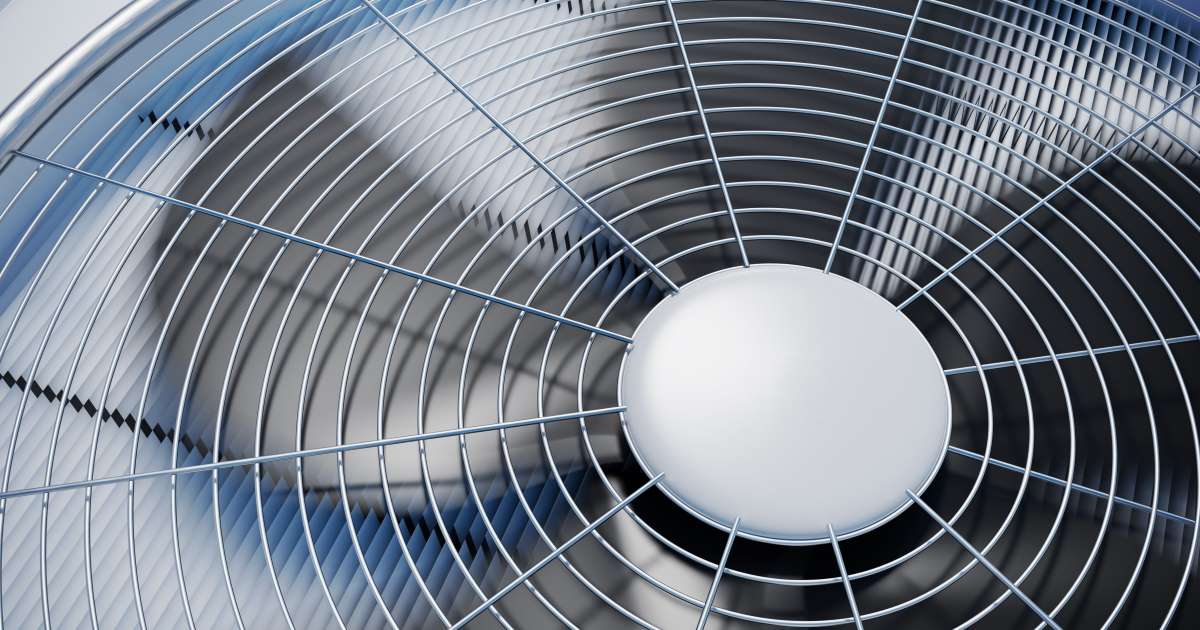To say buying a new house is hard work would be an understatement. There’s so much to consider at every step throughout the process. There’s nothing you can afford to overlook because each appliance, fixture, and installation plays an important role in your prospective new home.
One major component of any home that you’ll want to evaluate is the HVAC system. This system is what keeps your home warm in winter and cool in summer. While minor issues can lead to increased utility bills, overlooking major problems could put you in the position of needing to replace the entire system not long after you move in.
Fortunately, a little knowledge goes a long way for understanding HVAC and what to look for. To help you along the way, we’ve put together a list of action items for inspecting the HVAC system of any home you’re considering.
Inspect the HVAC Equipment
Even a visual inspection of an HVAC system can reveal a great deal about its condition. The biggest warning signs are watermarks or rust, both of which are types of decay. After a visual inspection, turn on the HVAC system and check for hisses, rattling, and other strange noises. Both of these could be signs of an old unit or one that needs repair.
All HVAC heating and cooling units should also have their energy information available on yellow labels. The unit’s energy efficiency will be listed alongside similar units. For reference, energy efficiency is measured in the following ways:
-
Boilers and furnaces use the annual fuel utilization efficiency (AFUE), which measures how much fuel is converted to heat.
-
Air conditioners use the seasonal energy efficiency ratio (SEER), which measures the efficiency of a unit in converting electricity into cool air.
-
Heat pumps use the heating seasonal performance factor (HSPF), which measures heating efficiency.
Also, don’t forget to check if the home has an Energy Star central air conditioner. These energy-efficient units can save up to 30 % on your air conditioner bills.
Learn About the Home’s HVAC History
Even if your visual inspection revealed no cause for concern, it’s only the first step in understanding the home’s HVAC system. Investigating the home’s HVAC history is vital for assessing any potential issues in the future.
For example, when was the HVAC equipment installed? If the furnace is more than 15 years old, it might need replacing relatively soon. For the system’s pump equipment, the replacement time comes in closer to 10 years.
Make sure to ask the homeowner for all maintenance records, such as job tickets, about the HVAC system. If they’ve kept up with regular maintenance schedules, these should be readily available. Job tickets should briefly explain the types of maintenance and repairs. If the repairs were on large unit parts such as compressors, this may signal long-term wear that could affect the unit’s remaining lifespan.
For those looking at older homes, be certain you know the refrigerant used in the HVAC system. Older systems use R-22, which was banned by the EPA and is set to be completely phased out by 2020. If the home’s HVAC system does use R-22, you’ll have to either have the system retrofitted with an alternate refrigerate or replaced entirely.
Check Out Other Home Elements
An HVAC’s efficiency relies heavily on other elements of the home. A couple of questions to consider as you look around: Are there door and window insulation issues? Will the air ducts need replacing? During your HVAC inspection, also make sure to inspect the following:
Temperature Changes Between Rooms
Every home is different. Factors like room layouts and window space will affect the efficiency of the home’s HVAC system. As you move from room to room, try to take note of any temperature changes. Does one room feel exceptionally hot or cool? If so, this could point to issues.
Air Ducts
Air ducts with installation and condition issues can mean the home’s HVAC system is working more than it needs to. Inspect the home’s basement, attic, and other visible home ducts for gaps and loose connections. Also, make sure all ducts are free of rust and condensation. Visible dust may also point to a lack of regular maintenance.
Insulation
Improper insulation around the home’s doors and windows could mean the air is escaping from the home. This is no small issue — air leaks can lead to hundreds of dollars in increased utility bills! Make sure to ask the homeowners about the insulation used and when it was last added.
Add-on Equipment
Some homeowners may have taken additional steps to add equipment like whole-home air purifiers to improve the home’s air quality. While items like these are great to have, it’s important to understand why they were installed in the first place. For instance, they might have been installed to make up for things like poor-quality air ducts. This could mean the homeowners chose to “cover-up” any HVAC-related issues rather than address them.
Weigh the Pros and Cons of HVAC Costs
Given that HVAC systems are responsible for up to half of your utility bills, ensuring your home has an efficient one can save you big bucks. However, in some cases, associated savings may not make up for the significant costs that come with HVAC equipment replacements. New air conditioner units and new furnaces can cost thousands of dollars.
If you spot issues with your potential home’s HVAC, don’t be afraid to discuss potential costs with your realtor. You may be able to negotiate the home’s price down to make up for HVAC repairs or replacements. It might also help to have an HVAC consultant come by and estimate potential costs so you can work with more accurate calculations.
Finding the Right Home For You
Though it’s natural to feel overwhelmed during the home buying process, remember that you aren’t alone when it comes to evaluating the HVAC system. Your home inspector will look at the HVAC units, but you can also turn to an HVAC contractor if you have specific concerns. Together, these experts will help you decide whether the home that’s caught your eye presents any HVAC concerns.
Kevin Burns is the President of Bob Jenson Air Conditioning in San Diego with over 29 years of experience in the HVAC Field. He has worked in every aspect of the industry and has trained dozens of people. He has a passion for doing what’s right for each home and customer and sets this standard for his entire team.























































































































































































